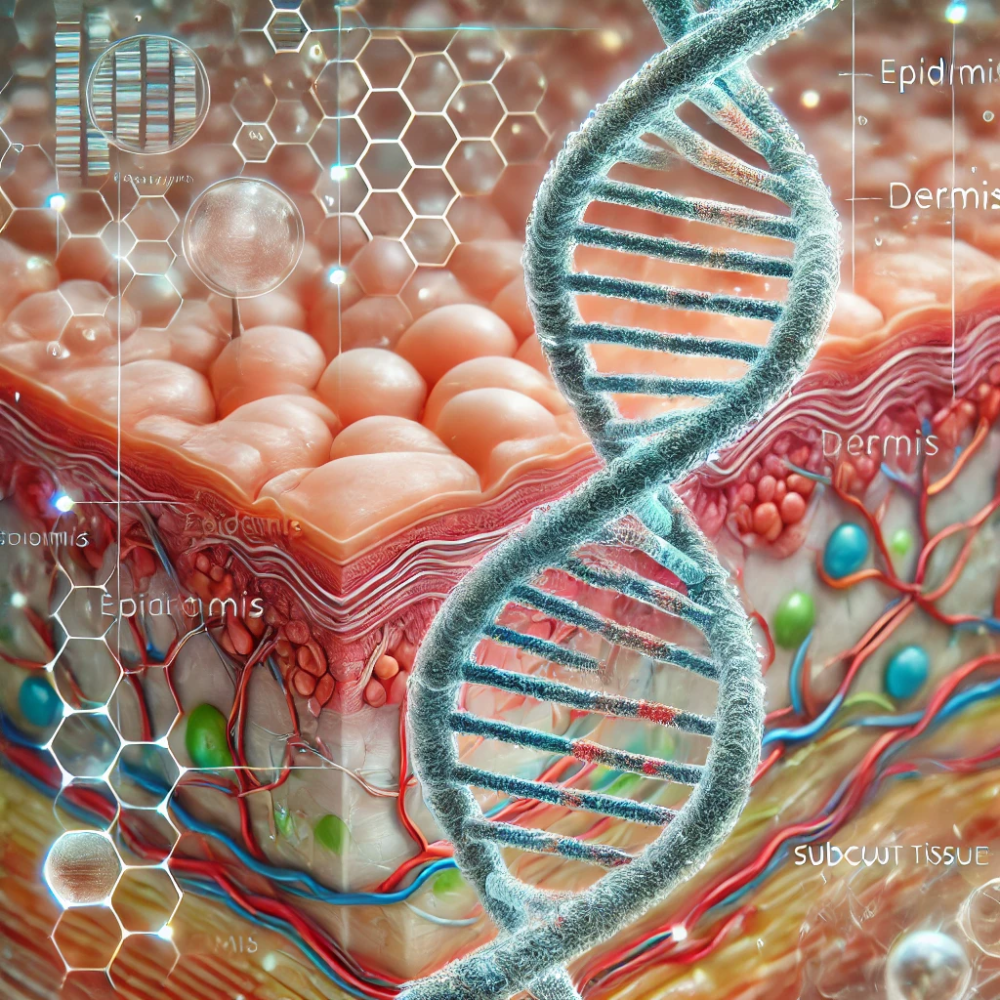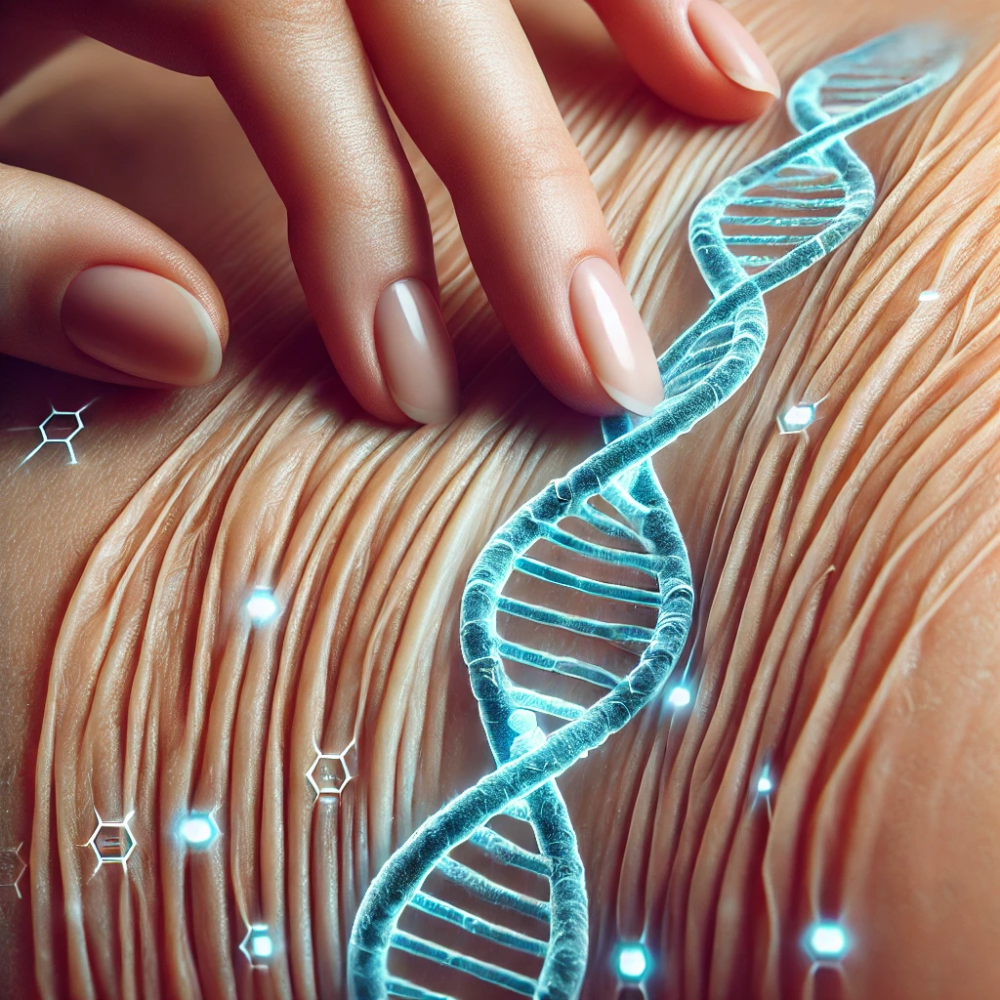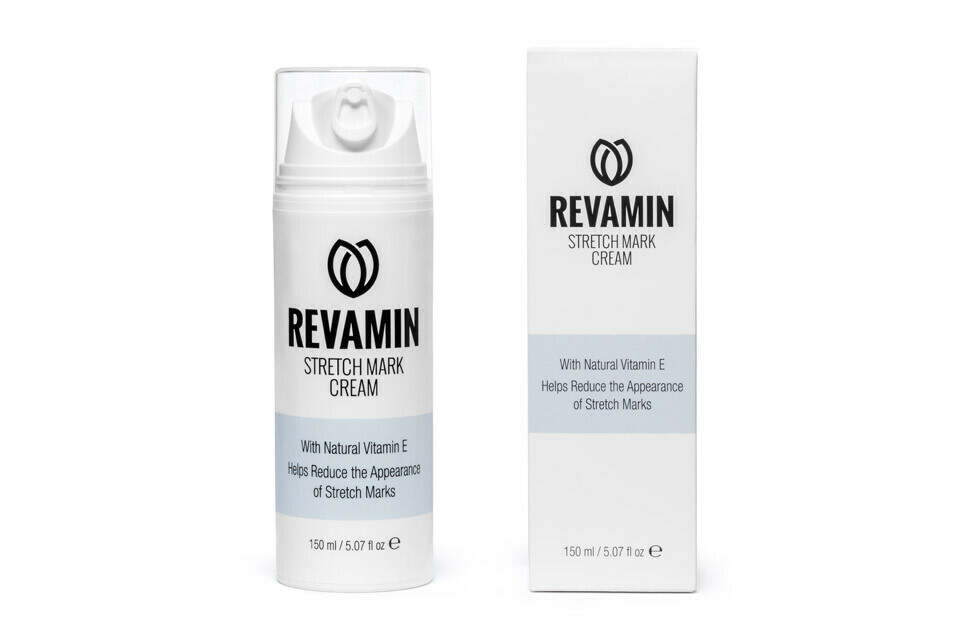I’m going to take you through a quick guide to understanding stretch marks. They’re those lines that often show up during significant body changes like pregnancy, rapid weight gain, or during growth spurts in adolescence. Officially known as striae, stretch marks can vary in appearance from purple, red to later transitioning to a more faded, silverish hue.
You’re going to find out about some of the usual suspects when it comes to what contributes to these marks. Hormonal changes, physical stretching of the skin, and even cortisol levels play a role. But this isn’t just about the skin meeting its stretching limit; some people get them and others don’t under similar conditions, which begs the question, why?
These marks aren’t typically a health concern, but let’s not underestimate the emotional impact they can have. Feeling self-conscious about stretch marks is common, and that’s completely valid. Whether it’s seeking camouflage methods or treatments, people’s response to stretch marks varies widely.
Now, while lifestyle factors like diet and exercise certainly influence skin health, guessing from the title, you’ve correctly surmised that we’re going to talk next about the role genetics plays. Are stretch marks written in your DNA? That’s the trajectory we’re headed on. Stick with me as we explore how much our genes are responsible for the resilience of our skin and the development of stretch marks.
Genetics and Skin Elasticity: The Inherited Aspect of Stretch Marks

Guess what? Your skin’s ability to stretch and bounce back – what we call skin elasticity – plays a major role in whether you’ll see those streaky visitors we call stretch marks. Now, here’s where your family tree comes into the picture. Just like the color of your eyes or hair, the characteristics of your skin can be passed down from your parents. You can think of it as a genetic lottery where some people hit the jackpot with super resilient skin, while others might be more prone to getting stretch marks.
Looking through the lens of research, scientists have identified that having a close family member with stretch the marks significantly increases your own risk of developing them. This isn’t just about shared lifestyle habits; it’s also about the blueprint of your skin’s structure which is written in your DNA. Your genes determine the quality and quantity of collagen and elastin fibers in your skin, both of which are critical for maintaining skin elasticity.
When families are studied over generations, patterns become clear – certain lineages are more likely to experience stretch marks, indicating a strong genetic component. But it’s not all set in stone. If you’re aware of your inherited predisposition, there are steps you can take to minimize the likelihood or severity of stretch marks.
Now, I want to guide you through the fascinating world of genetic markers linked to stretch marks. In the next section, we’re going to peel back the layers of our DNA and see what science has discovered about the genetic markers that might make some individuals more stretch mark-prone than others. Not only will you find out about the current state of research, but you’ll also gain insight into how these discoveries might shape the future of skin care and prevention strategies.
Investigating Genetic Markers: Stretch Marks and DNA

You might be wondering what a genetic marker actually is. Simply put, it’s a specific sequence within your DNA that can be associated with a particular trait or condition.
Now what’s really intriguing is that scientists have identified certain genetic markers that appear to be linked to the development of stretch marks. For instance, studies have pinpointed variations in genes related to collagen and elastin production, which are critical for healthy, resilient skin.
So, can a DNA test tell you if you’re at risk for stretch marks? The short answer is, it’s possible. Research is still young, but genetic testing could one day be a tool for predicting whether you might deal with these skin changes. Imagine being able to tailor your skincare routine based on your genetic profile!
But before you get your hopes up, it’s crucial to understand the ethical side of things. Genetic information is sensitive, and there are questions regarding privacy, insurance implications, and potential discrimination that are still being debated.
As we explore the complex dance of genes, don’t forget the broader context of stretch marks. Genetics play a part, but they aren’t the whole story. Age, rapid weight change, and hormonal shifts are also key players here. Besides, isn’t it empowering to know you can influence your skin’s health, to some extent, regardless of your genetic makeup?
That’s exactly why it’s so important to look at the bigger picture, which includes how you live your life. Stay tuned as we delve into how lifestyle choices, from your diet to skin care practices, can be your ally in the fight against stretch marks. Spoiler alert: you have more power than you might think.
Beyond Genetics: Lifestyle, Prevention, and Management of Stretch Marks

I’m going to show you that your DNA isn’t the sole author of your skin’s story. Sure, genetics plays a big part in the likelihood of developing stretch marks, but there’s more to it. You’re going to find out about additional factors that influence these telltale lines on your skin.
Firstly, consider the lifestyle choices you make. Daily hydration, for example, is vital for maintaining skin elasticity. The more elastic your skin, the less susceptible it is to the stretching that leads to marks. Your diet also weighs in. Foods rich in vitamins C, E, and zinc can support skin health, potentially reducing your risk.
Now let’s touch on prevention. It’s not just about the products you use; it’s about being proactive with your body’s changes. This is especially true if you’re experiencing rapid growth or weight change, like during puberty or pregnancy. Regularly moisturizing can help, as can staying within a healthy weight range to minimize skin stretching.
If stretch marks have already made their debut, don’t worry too much about them. They’re a normal part of many people’s lives. However, if they bother you, there are options. Topical treatments like retinoid creams can sometimes help, while more advanced procedures like laser therapy offer another level of treatment.
Remember, choosing a prevention or treatment path isn’t about chasing perfection; it’s about feeling comfortable in your own skin. Consult a dermatologist to understand the best options for your body and lifestyle. So, while your genes may have penciled in the initial draft, you’ve got the power to edit. I really hope that you feel empowered to make the choices that resonate with you.
Do you want to get rid of stretch marks? If yes, then read How to Get Rid of Stretch Marks.

Leave a Reply